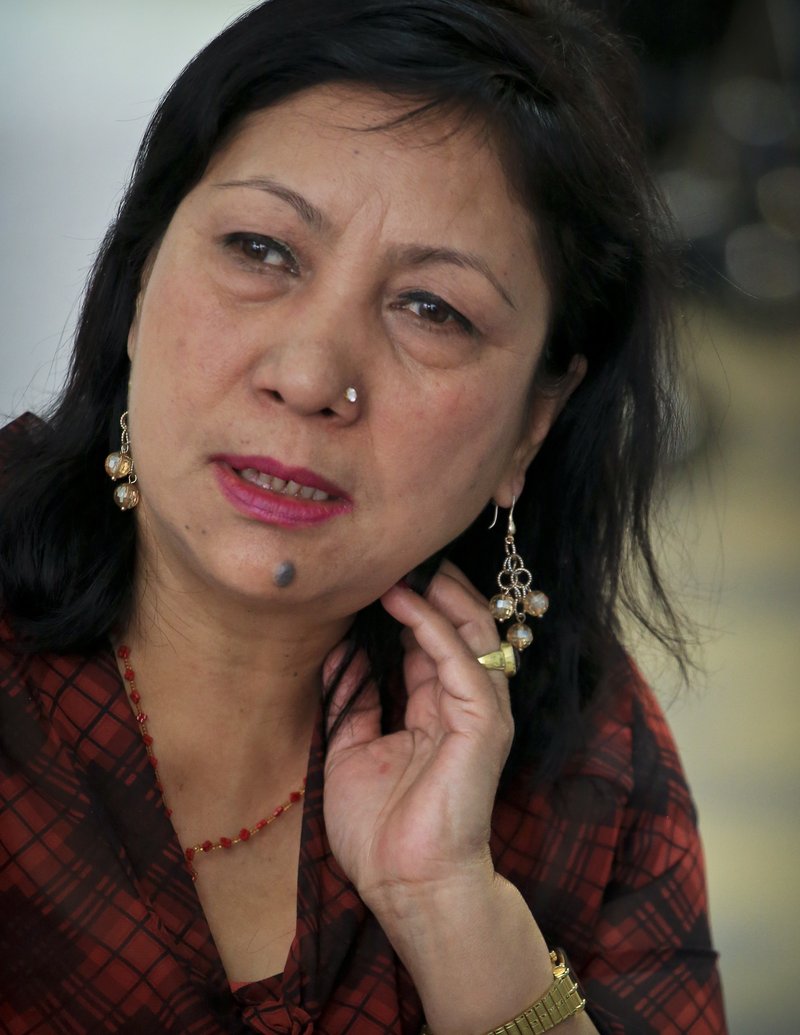NEW YORK -- President Donald Trump's administration said Friday that it is ending special immigration protections for about 57,000 Hondurans, adding them to hundreds of thousands of people from other countries battered by violence and natural disasters who are losing permission to be in the United States.
The U.S. Department of Homeland Security's widely anticipated decision not to renew temporary protected status for Hondurans means an estimated 428,000 people from several countries face rolling deadlines beginning late this year to leave or obtain legal residency in other ways.
Hondurans will have until Jan. 5, 2020, Homeland Security Secretary Kirstjen Nielsen said.
Trump wants to curtail legal immigration and has been cracking down broadly on illegal immigration, and his supporters note that the protections were never meant to be permanent.
Immigrant advocates decried the move and contend that ending the status will drive people underground who have been establishing roots in the U.S. for years or decades, including having American-born children.
For Hondurans, the temporary protected status program has been in place since 1999 after Hurricane Mitch devastated in the Central American nation the year before.
The administration says conditions in Honduras have improved, while advocates argue that it still hasn't fully recovered from the hurricane and is now plagued by rampant violence.
[U.S. immigration: Data visualization of selected immigrationstatistics, U.S. border map]
Trump, his opponents argue, is effectively adding tens, if not hundreds, of thousands of people to the ranks of those in the U.S. without legal status.
Marta Connor, a 50-year-old union organizer in Southern California who has lived in the U.S. for decades and has three American-born children, said before the announcement that she wasn't leaving, regardless of the administration's policies.
"One thing I can tell you is I am not going to Honduras," she said, noting that many of the asylum-seeking people in a caravan that recently reached the U.S.-Mexico border are from Honduras. "If they are coming, why am I going over there?"
"There is no way I will go back," Connor said.
About 437,000 people hailing from 10 countries have had temporary protected status, a designation created in 1990 to allow people from countries affected by natural disasters like earthquakes or man-made disasters like war to have a short-term haven. Only a few thousand still have that status.
Those with it have generally been able to work and, with permission, travel outside the U.S. and return.
Countries are added to the list as circumstances warrant, with renewals coming usually around every 18 months.
A Section on 05/05/2018

